#el niño
Explore tagged Tumblr posts
Text

Commission for @mai-fruit-tarts 💛!
Warrior Kyoshi Mai and Blue Spirit Zuko hohoho!! 😍🤩
Commissions open!
#commission#asiriyep#zuko#mai#atla#avatar the last airbender#illustration#atla mai#atla zuko#fire lord zuko#fire lady mai#el niño#maiko#commissioned art#commissions#adult mai#adult zuko#atla maiko#avatar the legend of aang#monochrome sketch#art#artists on tumblr#monochromatic#monochrome#digital art#the blue spirit#blue spirit#kyoshi warriors#blue spirit zuko
760 notes
·
View notes
Text
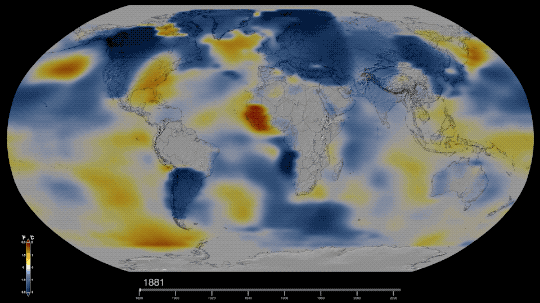
Six Answers to Questions You’re Too Embarrassed to Ask about the Hottest Year on Record
You may have seen the news that 2023 was the hottest year in NASA’s record, continuing a trend of warming global temperatures. But have you ever wondered what in the world that actually means and how we know?
We talked to some of our climate scientists to get clarity on what a temperature record is, what happened in 2023, and what we can expect to happen in the future… so you don’t have to!
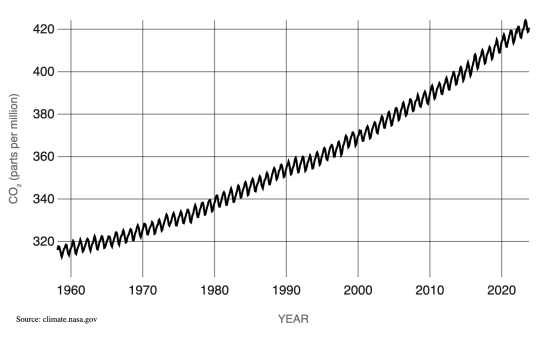
1. Why was 2023 the warmest year on record?
The short answer: Human activities. The release of greenhouse gases like carbon dioxide and methane into the atmosphere trap more heat near Earth’s surface, raising global temperatures. This is responsible for the decades-long warming trend we’re living through.
But this year’s record wasn’t just because of human activities. The last few years, we’ve been experiencing the cooler phase of a natural pattern of Pacific Ocean temperatures called the El Niño Southern Oscillation (ENSO). This phase, known as La Niña, tends to cool temperatures slightly around the world. In mid-2023, we started to shift into the warmer phase, known as El Niño. The shift ENSO brought, combined with overall human-driven warming and other factors we’re continuing to study, pushed 2023 to a new record high temperature.
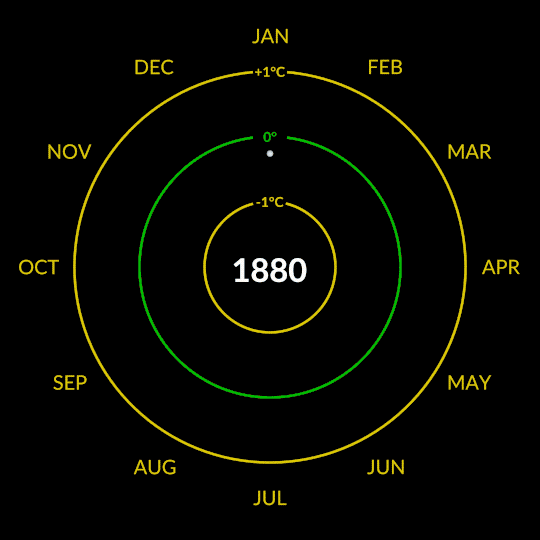
2. So will every year be a record now?
Almost certainly not. Although the overall trend in annual temperatures is warmer, there’s some year-to-year variation, like ENSO we mentioned above.
Think about Texas and Minnesota. On the whole, Texas is warmer than Minnesota. But some days, stormy weather could bring cooler temperatures to Texas while Minnesota is suffering through a local heat wave. On those days, the weather in Minnesota could be warmer than the weather in Texas. That doesn’t mean Minnesota is warmer than Texas overall; we’re just experiencing a little short-term variation.
Something similar happens with global annual temperatures. The globe will naturally shift back to La Niña in the next few years, bringing a slight cooling effect. Because of human carbon emissions, current La Niña years will be warmer than La Niña years were in the past, but they’ll likely still be cooler than current El Niño years.
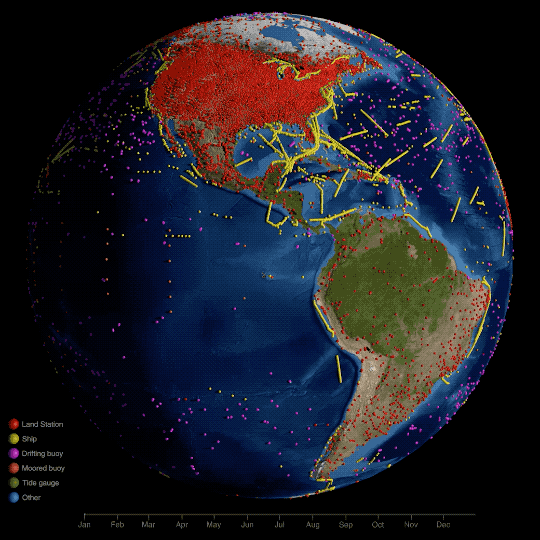
3. What do we mean by “on record”?
Technically, NASA’s global temperature record starts in 1880. NASA didn’t exist back then, but temperature data were being collected by sailing ships, weather stations, and scientists in enough places around the world to reconstruct a global average temperature. We use those data and our modern techniques to calculate the average.
We start in 1880, because that’s when thermometers and other instruments became technologically advanced and widespread enough to reliably measure and calculate a global average. Today, we make those calculations based on millions of measurements taken from weather stations and Antarctic research stations on land, and ships and ocean buoys at sea. So, we can confidently say 2023 is the warmest year in the last century and a half.
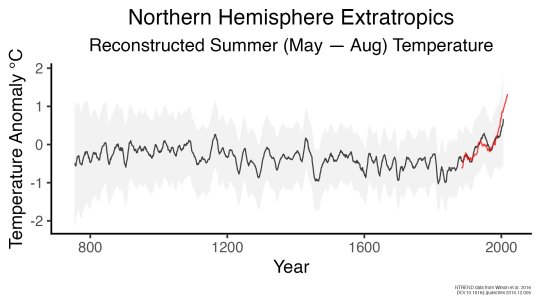
However, we actually have a really good idea of what global climate looked like for tens of thousands of years before 1880, relying on other, indirect ways of measuring temperature. We can look at tree rings or cores drilled from ice sheets to reconstruct Earth’s more ancient climate. These measurements affirm that current warming on Earth is happening at an unprecedented speed.
4. Why does a space agency keep a record of Earth’s temperature?
It’s literally our job! When NASA was formed in 1958, our original charter called for “the expansion of human knowledge of phenomena in the atmosphere and space.” Our very first space missions uncovered surprises about Earth, and we’ve been using the vantage point of space to study our home planet ever since. Right now, we have a fleet of more than 20 spacecraft monitoring Earth and its systems.
Why we created our specific surface temperature record – known as GISTEMP – actually starts about 25 million miles away on the planet Venus. In the 1960s and 70s, researchers discovered that a thick atmosphere of clouds and carbon dioxide was responsible for Venus’ scorchingly hot temperatures.
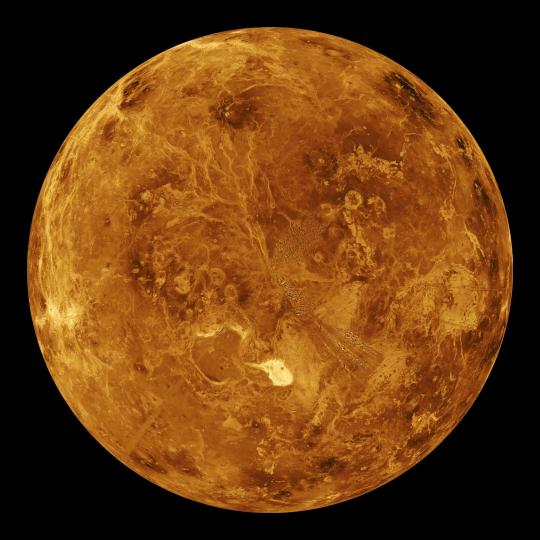
Dr. James Hansen was a scientist at the Goddard Institute for Space Studies in New York, studying Venus. He realized that the greenhouse effect cooking Venus’ surface could happen on Earth, too, especially as human activities were pumping carbon dioxide into our atmosphere.
He started creating computer models to see what would happen to Earth’s climate as more carbon dioxide entered the atmosphere. As he did, he needed a way to check his models – a record of temperatures at Earth’s surface over time, to see if the planet was indeed warming along with increased atmospheric carbon. It was, and is, and NASA’s temperature record was born.
5. If last year was record hot, why wasn’t it very hot where I live?
The temperature record is a global average, so not everywhere on Earth experienced record heat. Local differences in weather patterns can influence individual locations to be hotter or colder than the globe overall, but when we average it out, 2023 was the hottest year.
Just because you didn’t feel record heat this year, doesn’t mean you didn’t experience the effects of a warming climate. 2023 saw a busy Atlantic hurricane season, low Arctic sea ice, raging wildfires in Canada, heat waves in the U.S. and Australia, and more.
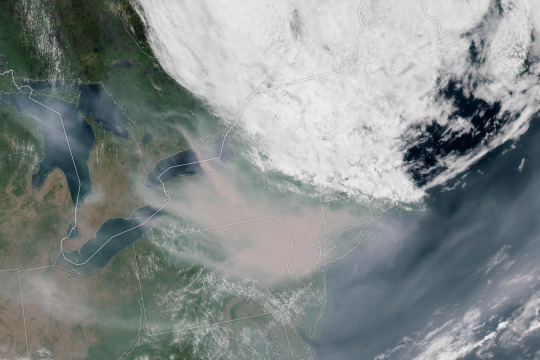
And these effects don’t stay in one place. For example, unusually hot and intense fires in Canada sent smoke swirling across the entire North American continent, triggering some of the worst air quality in decades in many American cities. Melting ice at Earth’s poles drives rising sea levels on coasts thousands of miles away.

6. Speaking of which, why is the Arctic – one of the coldest places on Earth – red on this temperature map?
Our global temperature record doesn’t actually track absolute temperatures. Instead, we track temperature anomalies, which are basically just deviations from the norm. Our baseline is an average of the temperatures from 1951-1980, and we compare how much Earth’s temperature has changed since then.
Why focus on anomalies, rather than absolutes? Let’s say you want to track if apples these days are generally larger, smaller, or the same size as they were 20 years ago. In other words, you want to track the change over time.
Apples grown in Florida are generally larger than apples grown in Alaska. Like, in real life, how Floridian temperatures are generally much higher than Alaskan temperatures. So how do you track the change in apple sizes from apples grown all over the world while still accounting for their different baseline weights?
By focusing on the difference within each area rather than the absolute weights. So in our map, the Arctic isn’t red because it’s hotter than Bermuda. It’s red because it’s gotten relatively much warmer than Bermuda has in the same time frame.
Want to learn more about climate change? Dig into the data at climate.nasa.gov.
Make sure to follow us on Tumblr for your regular dose of space!
3K notes
·
View notes
Text

Just in case you aren’t all aware. This isn’t fucking normal. This doesn’t happen. This is climate change causing extreme weather events to happen more frequently and with more power.
Be aware and stay safe. Do what you can to help!
785 notes
·
View notes
Text

Jetko Week 2024.
Day 2: Tea shop.
Years pass and Jet finally pays off his debt + interest since the waiter had to chase him down.
Continuation of this part 1 and part 2.
@jetkoweek2024
#jetkoweek#jetko week 2024#jetko week#dianorayasiri#zuko#fire lord zuko#jet#avatar the last airbender#atla#atla jet#avatar the legend of aang#lee from the tea shop#illustration#digital art#art#artists on tumblr#au#atla fanart#monochrome#monochromatic#art style#freedom fighters#el niño
175 notes
·
View notes
Text

Day 17 of Fatuitober!
what that cat doin'?
#fatuitober2023#genshin impact#genshin fanart#genshin impact fanart#fanart#doodles#scaramouche#scarameow#EL NIÑO#LA CREATURA EVEN
276 notes
·
View notes
Text
2436- Mami: cuando sea mayor ¿podré portarme como un adulto o tendré que seguir portándome bien?
#palabras#frases#textos nocturnos#pensamientos#vida#books & libraries#culture#textos#escritos de amor#amor#niños#el niño#derechos de los niños#niñez#chiquillada
19 notes
·
View notes
Text
are there any fernando torres fans that exist or is it literally like finding a needle in a haystack 😭😭😭😭😭😭
12 notes
·
View notes
Text
A strong El Niño event is going to wreak havoc on global surface temperature and trigger several climate crises in 2023–2024, according to researchers from the Institute of Atmospheric Physics (IAP) of the Chinese Academy of Sciences. The El Niño event, known for releasing massive heat into the atmosphere, is poised to change atmospheric circulation patterns, influence tropical-extratropical interactions, and impact subtropical jets, monsoons, and even polar vortices, and finally results in a rapid surge in Global Mean Surface Temperature (GMST). The study was published in The Innovation Geoscience on Sept. 15.
Continue Reading.
82 notes
·
View notes
Text

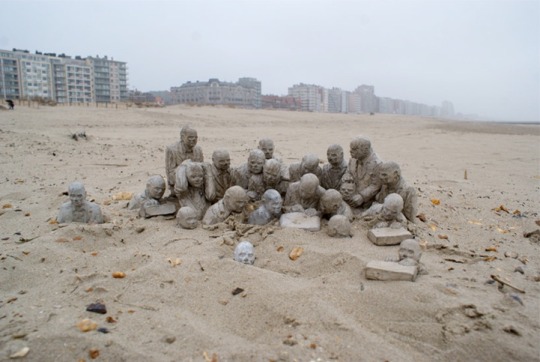
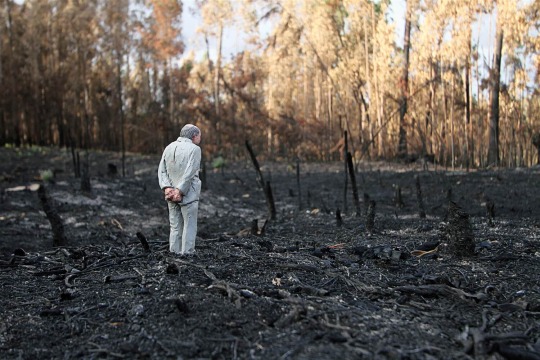
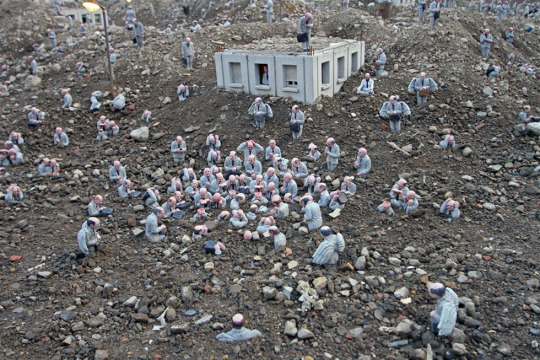


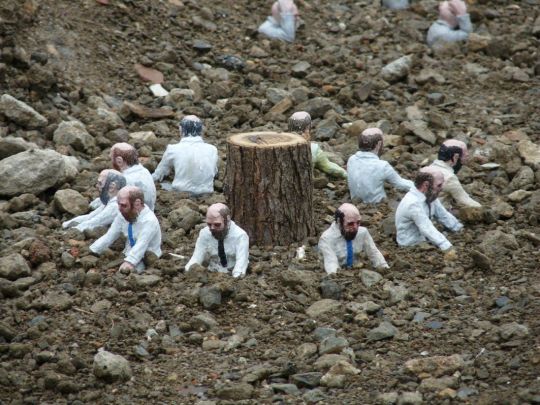
"Politicians Speaking about Climate Change"
Mini sculptures by Isaac Cordal
#art#sculpture#art installation#climate change#global warming#politicians#climate catastrophe#floods#flooding#tipping point#drought#coral bleaching#greenhouse gasses#forest fires#el niño#el nino#forest fire#permafrost#concept art#isaac cordal#spanish art
9 notes
·
View notes
Text

Maiko Week 2024.
Day 2: Separation.
#maiko week 2024#maikoweek2024#maiko week#zuko#mai#atla mai#fire lord zuko#fire nation citizens#dianorayasiri#illustration#avatar the last airbender#atla#avatar the legend of aang#art#artists on tumblr#el niño#turtleducks#digital art#maiko#atla maiko
1K notes
·
View notes
Text


Everyone feels the Twins’ presence, one way or another. He, as the parched earth cracks and the air rises in ripples. She, as the rolling thunder rumbles like a drumbeat. We call them different names. In the times of old, El Niño and La Niña. The lord of summer and the lady of the rains. The Heat Haze Boy and the Monsoon Girl.
The two supreme forces of the universe in my Philippine mythology tabletop, Swellbloom Kids! They represent cosmic heat and cold, influencing the eponymous swellbloom kids' mania and depression, respectively. The Heat Haze Boy represents all that is hot, bright, and restless, while the Monsoon Girl represents all that is cold, dark, and flowing. Their true names are Apolaki and Diyan Masalanta, twins and the two first breaths of the Bakunawa given life.
Check out Swellbloom Kids here:
13 notes
·
View notes
Text
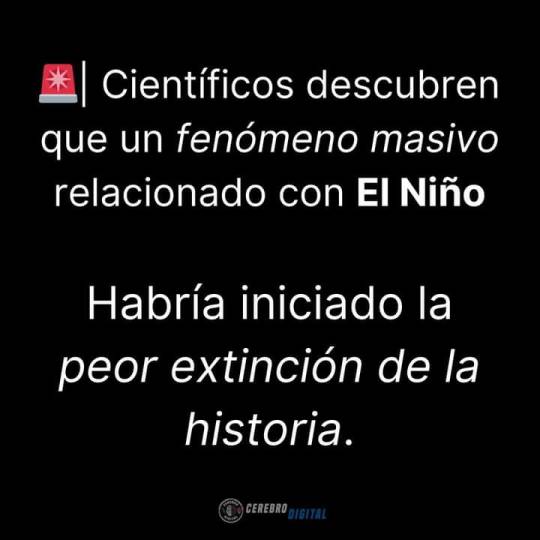
Te explicamos aquí:
5 notes
·
View notes
Text

Zuzu in the eyes of uncle Iroh
#avatar the last airbender#zuko#illustration#turtleduck zuko#dianorayasiri#digital art#artists on tumblr#atla#prince zuko#el niño#zuzu
285 notes
·
View notes
Text

Day 15 of Fatuitober!
#fatuitober2023#genshin impact#genshin fanart#genshin impact fanart#fanart#tartaglia#childe#MY WIWI#EL NIÑO#LOVE HIM#me drawing tartaglia again for fatuitober?? yes actually#more likely than you think
203 notes
·
View notes
Text
1582- Yo te miro, yo te miro sin cansarme de mirar y que lindo niño veo a tus ojos asomar.
(Gabriela Mistral)
#palabras#frases#textos#textos nocturnos#pensamientos#vida#culture#books & libraries#escritos de amor#amor#niños#el niño#ojos hermosos#ojos#tus ojos#poema#notas#poesia#Gabriela Mistral
35 notes
·
View notes
